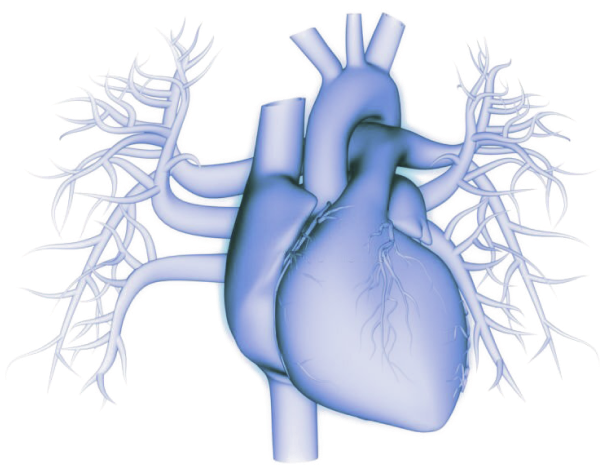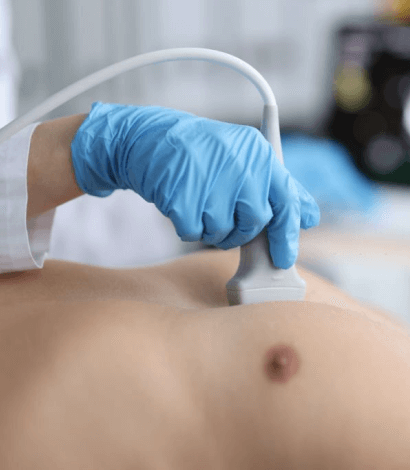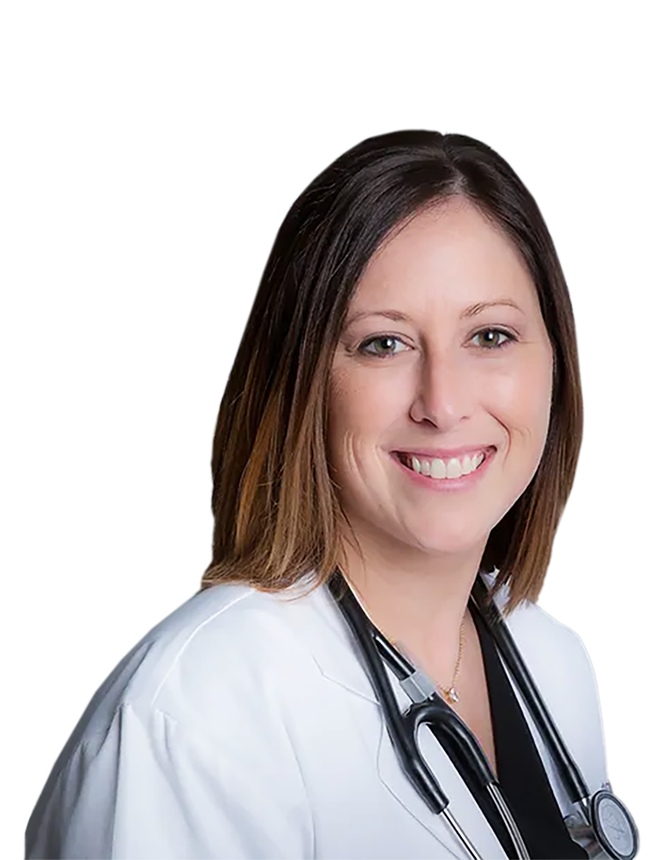Conditions & Symptoms
Clinical Cardiology

Cardiac Imaging and Diagnostics
Electrophysiology
Invasive & Interventional Cardiology
Vein & Vascular Care
Procedural Lab
(In-Office)
Preventive Services
CVM Locations
Coronary Artery Disease
Understanding Coronary Artery Disease
CAD develops when the primary vessels (coronary arteries) that supply your heart with blood have trouble sending enough blood, oxygen, and nutrients to your heart muscle.
For many people, the first coronary artery disease symptom you’ll experience is a heart attack. The signs include:
- Chest pain or discomfort (angina)
- Weakness
- Nausea
- Sweating
- Pain or discomfort in the arms or shoulder
- Shortness of breath

Coronary Artery Disease Symptoms
Because coronary artery disease is a chronic condition, you may not experience any signs or symptoms for a very long time. Plaque can take years to build up in your arteries.
The most common coronary artery disease symptoms include:
- Stable angina: This is temporary chest pain or discomfort that comes and goes in a predictable pattern.
- Shortness of breath: You may have trouble breathing, especially when you’re taking part in light activities.
- Heart attack: This is a combination of symptoms including chest or arm pain.
You may also start to feel dizzy or lightheaded, have heart palpitations, begin to feel tired, nauseated, and weak.
It’s important to call for help or call 911 if you begin experiencing any coronary artery disease symptoms.
Treating Coronary Artery Disease
Fortunately, there are a wide-range of treatments for coronary artery disease, and it begins with lifestyle changes. You may also be asked to take blood pressure and cholesterol medications to help manage your condition. If the recommended non-invasive treatment therapies do not prove to be effective, a surgical procedure may be recommended by your doctor. Your cardiologist will talk with you about which treatment plan is best for you.
More on Coronary Artery Disease
What Causes Coronary Artery Disease?
Coronary artery disease is generally caused by cholesterol deposits (plaques) in the heart arteries and inflammation.
Over time, plaque development causes the inside of the arteries to become narrow, which can either completely or partially obstruct blood flow. This process is called atherosclerosis.
You doctor can use one of several tests to diagnose coronary artery disease, including an ECG, EKG, stress test, echocardiogram, a calcium score, or even a chest x-ray
How to Manage Coronary Artery Disease Non-Surgically
If you’re experiencing any of the symptoms of coronary artery disease, or exhibit some of the risk factors (like a family history of CAD) you will be asked to manage it by doing things such as:
- Exercising: It’s one of your most effective tools for strengthening the heart muscle and warding off the artery damage from high cholesterol, high blood sugar, and high blood pressure that can lead to heart attack or stroke.
- Eating a heart-healthy diet: To optimize heart health, the American Heart Association (AHA) recommends maintaining a diet that emphasizes a variety of fruits and vegetables, whole grains, low-fat dairy products, and skinless poultry.
- Stop smoking: Chemicals in cigarette smoke cause the blood to thicken and form clots inside veins and arteries.
- Limit alcohol: Excessively drinking alcohol can lead to high blood pressure, heart failure, or stroke. It may also contribute to a disorder that affects the heart muscle called cardiomyopathy.
How to Manage Coronary Artery Disease Surgically
- Coronary angioplasty: This procedure is also called percutaneous coronary intervention or balloon angioplasty. The balloon is used to stretch open a narrowed or blocked artery. A stent is often placed during or immediately after angioplasty. A coronary artery stent is a small, metal mesh tube that expands inside a coronary artery to widen it.
- Coronary bypass surgery: Heart bypass surgery creates a new route, called a bypass, for blood and oxygen to go around a blockage to reach your heart. During the procedure, your surgeon will remove a healthy section of artery or vein from the wrist, chest, or leg. The coronary artery is then connected to it immediately above and below the blockage. This allows blood to bypass (get around) the blockage.
Meet Your Illinois and Iowa
Cardiovascular Physicians
In Search of Care? Request a Consultation Today



